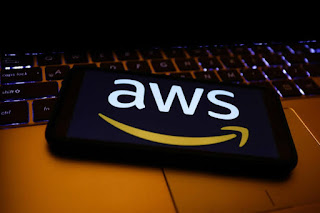AWS Elastic Beanstalk: An Overview

What exactly is AWS Elastic Beanstalk? AWS Elastic Beanstalk is a cloud management and provisioning service that automates the process of having applications recognised on the Amazon Web Services (AWS) platform. Engineers simply had to migrate their applications to use this service, and Elastic Beanstalk took care of the rest, including limit provisioning, auto-scaling, load balancing, and application health monitoring. It supports web applications written in Java,.NET, PHP, Node.js, Python, Ruby, Go, and Docker on popular workers like Apache, Nginx, Passenger, and IIS, as it was designed to accommodate varied dialects and application situations. Going from an individual machine to the cloud involves no or minimal code changes. AWS Elastic Beanstalk is based on a concept. Before using Elastic Beanstalk for shipping, there are a few things that any designer should know. 1.Application - An Elastic Beanstalk application is a collection of Elastic Beanstalk application versions and c...





